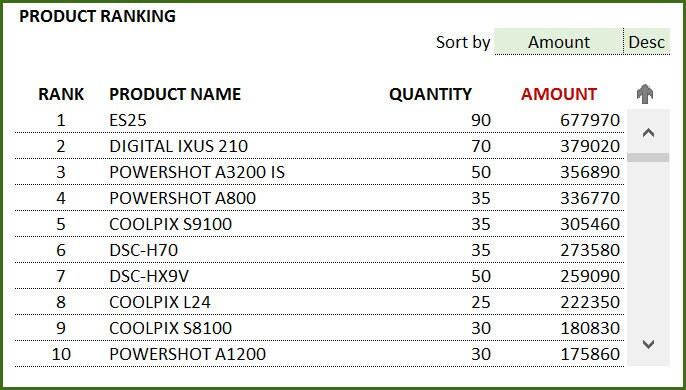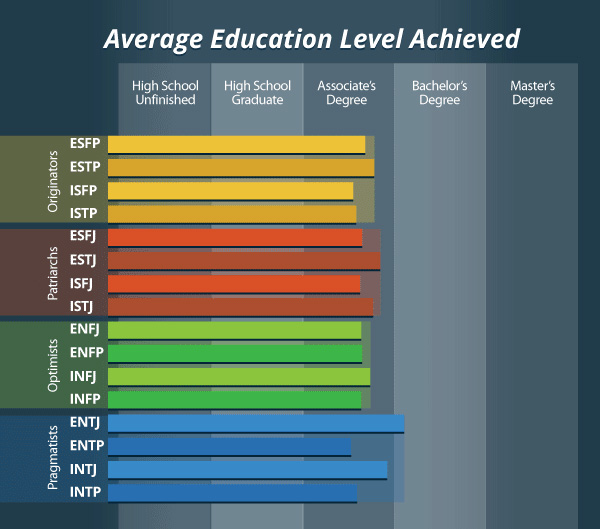


How do you resolve this? How do you protect inventory from such occurrences?

Often, they have supervisory duties so look for signs of an effective and dedicated leader. Inventory managers should also be excellent communicators, trustworthy and analytical.
Average salary for inventory manager how to#
The following interview questions will give you an idea on how to evaluate candidates according to core qualities: their knowledge of inventory management concepts and procedures, their organizational skill and attention to detail.
Average salary for inventory manager professional#
Professional certification is a good way to identify the most knowledgeable candidates. Sometimes experience can serve as a substitute for a degree depending on the company. They usually have a bachelor’s or associate’s degree in accounting, supply chain or relative field. People who excel in this profession are highly efficient, astute and committed to quality and accuracy.Įxperience as inventory manager is typically required. Generally, a lower DSI is preferred as it indicates a shorter duration to clear off the inventory, though the average DSI varies from one industry to another.Inventory managers ensure you always have just the right amount of stock to satisfy customers and keep costs low. Indicating the liquidity of the inventory, the figure represents how many days a company’s current stock of inventory will last. DSI is also known as the average age of inventory, days inventory outstanding (DIO), days in inventory (DII), days sales in inventory or days inventory and is interpreted in multiple ways.

The EOQ model seeks to ensure that the right amount of inventory is ordered per batch so a company does not have to make orders too frequently and there is not an excess of inventory sitting on hand. The costs of inventory in the model include holding and setup costs. Economic Order Quantity (EOQ) - This model is used in inventory management by calculating the number of units a company should add to its inventory with each batch order to reduce the total costs of its inventory while assuming constant consumer demand.Inability to accurately forecast sales and plan inventory acquisitions results in a manufacturer's inability to fulfill orders. For example, a ski manufacturer using an MRP inventory system might ensure that materials such as plastic, fiberglass, wood, and aluminum are in stock based on forecasted orders. Materials requirement planning (MRP) - This inventory management method is sales-forecast dependent, meaning that manufacturers must have accurate sales records to enable accurate planning of inventory needs and to communicate those needs with materials suppliers in a timely manner.Even the smallest delays can be problematic if a key input does not arrive "just in time," a bottleneck can result. If demand unexpectedly spikes, the manufacturer may not be able to source the inventory it needs to meet that demand, damaging its reputation with customers and driving business toward competitors. This approach reduces storage and insurance costs, as well as the cost of liquidating or discarding excess inventory. The method allows companies to save significant amounts of money and reduce waste by keeping only the inventory they need to produce and sell products. Toyota Motor ( TM) contributed the most to its development. Just-in-Time Management (JIT) - This manufacturing model originated in Japan in the 1960s and 1970s.


 0 kommentar(er)
0 kommentar(er)
